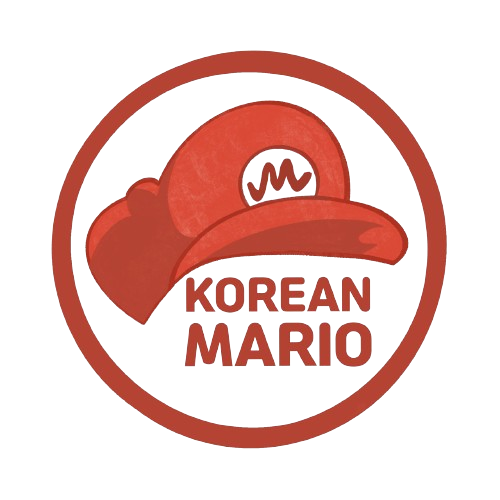For learners of the Korean language, understanding the nuances of particles is crucial. Among these, the particles 은는이가 often pose challenges due to their subtle differences and contextual uses. This comprehensive guide aims to demystify these particles, providing clarity through explanations and examples.
Understanding the Basics
Topic Particles: 은/는
The particles 은 and 는 are known as topic markers. They indicate the topic of a sentence, essentially highlighting what the sentence is about.
- 은: Used when the preceding noun ends with a consonant.
- Example: 책 (book) → 책은
- 는: Used when the preceding noun ends with a vowel.
- Example: 학교 (school) → 학교는
These particles are often translated as “as for” or “regarding” in English, setting the stage for the information to follow.
Subject Particles: 이/가
The particles 이 and 가 serve as subject markers, identifying the subject performing the action or being described.
- 이: Used when the preceding noun ends with a consonant.
- Example: 학생 (student) → 학생이
- 가: Used when the preceding noun ends with a vowel.
- Example: 의자 (chair) → 의자가
These particles are essential in indicating who or what is involved in the action of the sentence.
Differentiating Between 은는이가
While both sets of particles may seem interchangeable, they serve distinct purposes and convey different nuances.
Emphasis and New Information
Use 이/가 when introducing new information or emphasizing the subject.
- Example:
- 누가 왔어요? (Who came?)
- 민지가 왔어요. (Minji came.)
Here, 가 emphasizes that Minji is the one who came, providing new information in response to the question.
General Statements and Contrast
Use 은/는 when making general statements or contrasting information.
- Example:
- 민지는 학생이에요. (As for Minji, she is a student.)
- 수지는 선생님이에요. (As for Suji, she is a teacher.)
In this case, 는 highlights the contrast between Minji and Suji.
Practical Examples
Scenario 1: Introducing a New Topic
- 고양이가 있어요. (There is a cat.)
Here, 가 is used because the cat is being introduced for the first time.
Scenario 2: Discussing Known Information
- 그 고양이는 귀여워요. (The cat is cute.)
Now, 는 is used because the cat has already been introduced, and the sentence provides additional information about it.
Common Mistakes and Tips
- Avoid Overusing 은/는: While it’s tempting to default to 은/는, overuse can lead to unnatural sentences.
- Context Matters: Always consider the context and whether the information is new or known.
- Practice Makes Perfect: Regularly reading and listening to Korean content can help internalize the correct usage of these particles.
Conclusion
Mastering the use of 은는이가 is a significant step in achieving fluency in Korean. By understanding their functions and practicing regularly, learners can enhance their comprehension and communication skills.
Table of Contents

